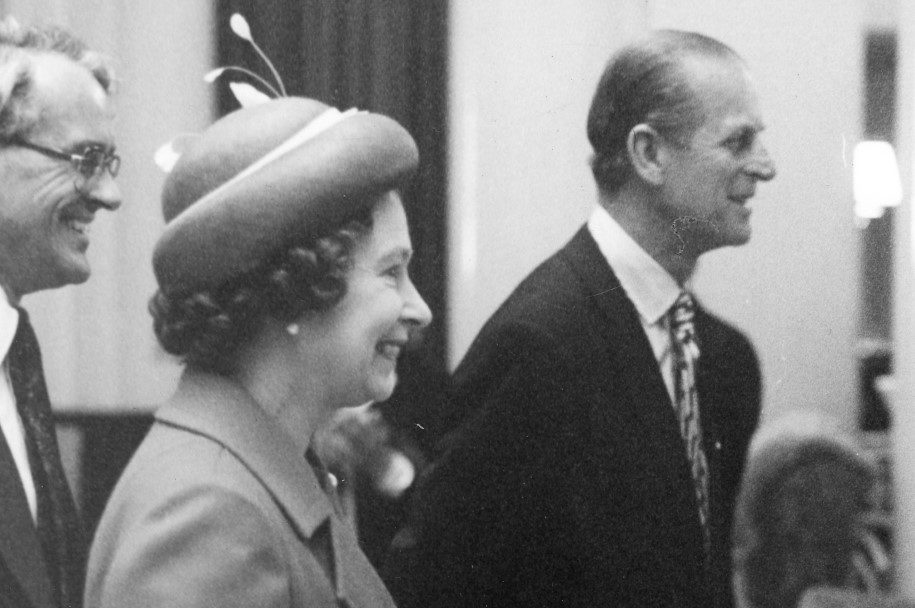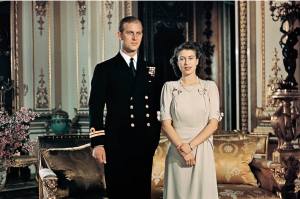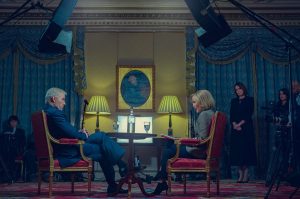My British husband, Richard, and I were glued to our TV on September 8 when Queen Elizabeth passed away. We, like all who took a keen interest in the British royal family, and admired the Queen and Philip, had been expecting her death — she seemed so frail on the balcony during her Jubilee. I particularly noted the beautiful baby blue ensemble she wore with a matching brimmed hat. It seemed just right for her — modest, feminine and fragile.
Richard was born and raised in the UK and was of the generation that stood up when the King or Queen came on the telly. Richard’s father had been awarded an OBE (Order of the British Empire) by the Queen’s grandfather, King George V, for his medical service in the trenches in Turkey and Mespot (as Mesopotamia was known back then) during World War One. He would become a respected authority on infectious diseases of the Middle East and Sumerian tablets. Richard’s father unearthed dozens of Sumerian tablets in Mespot, alongside Gertrude Bell and other famed archaeologists. Dr. Corner left the tablets to the British Museum, except for the one he clasped in his hands as he was dying, having taken care of his patients into his eighties.
Richard and I were married in 1972 in Switzerland, having escaped our birth lands. Richard, from London for the exorbitant taxes that Harold Wilson was taking out of his modest ad-man salary. I, to flee the Woodstock culture, so my young son would grow up in a healthy, sane environment. I became the Swiss correspondent for the International Herald Tribune and in 1980 was invited to follow Queen Elizabeth and Prince Philip for three days during the first official visit of the British royal family to Switzerland. I was one of twelve journalists (mostly British and Swiss) to be handed this memorable assignment that turned me, a Connecticut Yankee whose ancestors had fought the British, into a British royalist.
Richard liked to say that I became a royalist because Prince Philip paid special attention to me during the first day in Bern. When I was introduced to the royal couple, the Queen asked me what publication I worked for. “How nice,” she answered with her famously charming smile. The prince asked me how a young American woman got a “plum assignment like this.” “Because I’m a revolting colonist,” I answered. The Prince smiled his gorgeous smile, chuckled, his blue eyes sparkling. I fell in love.
Three days later when I returned to Lausanne, I didn’t write about my crush on Prince Philip, although the Trib might have liked that for a feature’s story. Instead, I wrote about the Queen’s hats and how she changed them every day with a keen eye to appropriateness, fashion and color. Queen Elizabeth once answered, “I must be seen to be believed,” in response to why she chose such vibrant colors as she carried out her royal duties.
During tea for Swiss officialdom and the press in Bern, Queen Elizabeth wore a fitted, royal blue coat with matching blue hat, shaped like the yummy Swiss pastries I would bring home to my children for their after-school gouté. What made that hat remarkable were two little stems, topped by white teardrops that bobbled every time the Queen moved her head. I wrote about this hat, in particular, because it spoke to the Queen’s uncanny instinct about the people she was meeting. The stems were her antennae. I entitled my story “Hats Off to the Queen.” It wasn’t just about her hats, of course, but an extraordinarily wise and beautiful, woman who was only forty-four.
A few years ago, I wrote another story about the Queen’s hat evolution and how her hats seemed to gain height as she aged — perhaps to make sure she “was still seen.” We had just taken the QE2 to the UK to visit family and friends and had had a marvelous crossing on the elegant ship. I entitled this story “Hats Off to the QEIIs.”
I am writing this hat story a week after the Queen died. I am mourning her passing as I also mourn the death of my extraordinary mate, Richard, who for the last fifty years had been my compass and kindest critic. Richard passed away from a stroke, peacefully in my arms a few hours after the Queen passed, possibly from the intense heat that night in Southern California and the emotions that came through the TV screen.
I wish I could ask him if he was having high tea with the Queen in a heavenly palace and, if so, what hat was Her Majesty wearing? Perhaps they are both wearing halos. That would be appropriate.


















